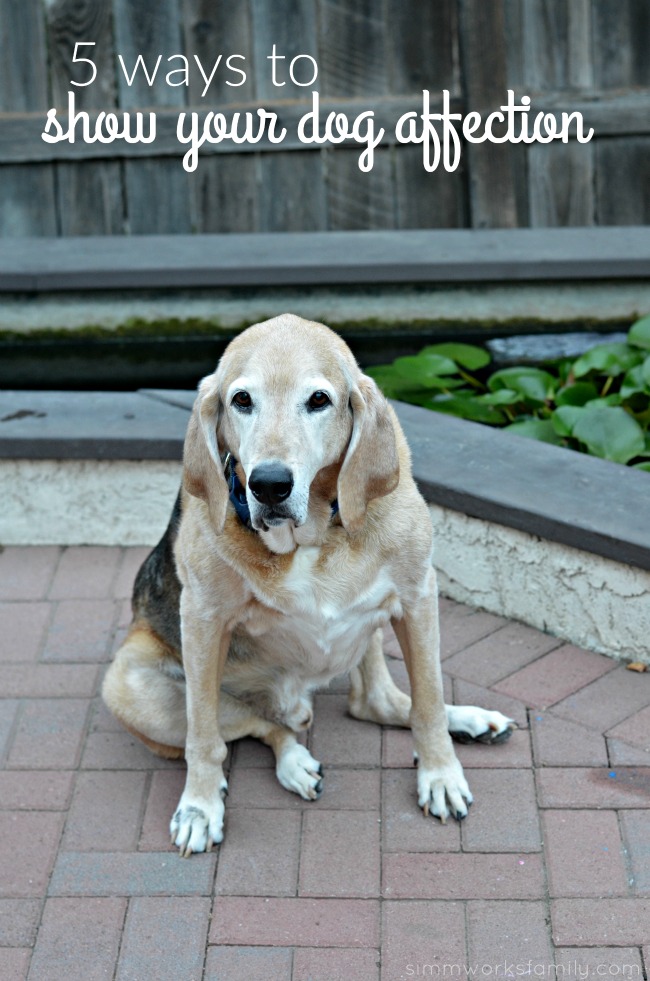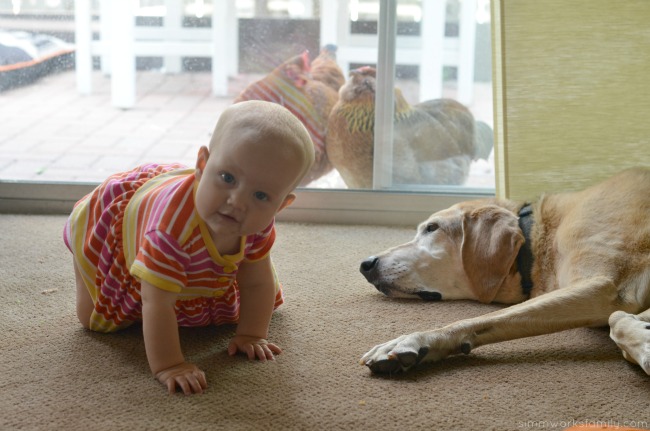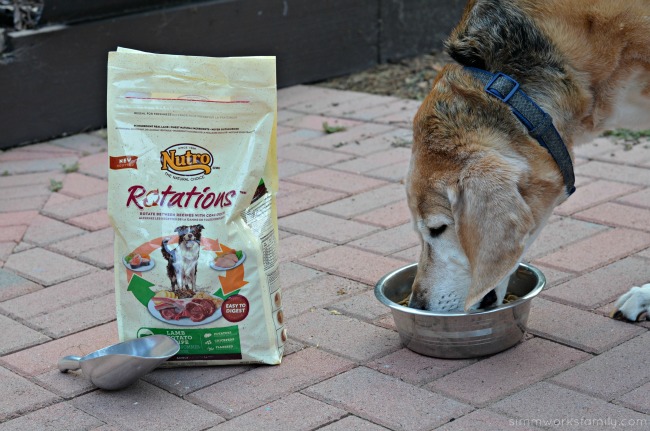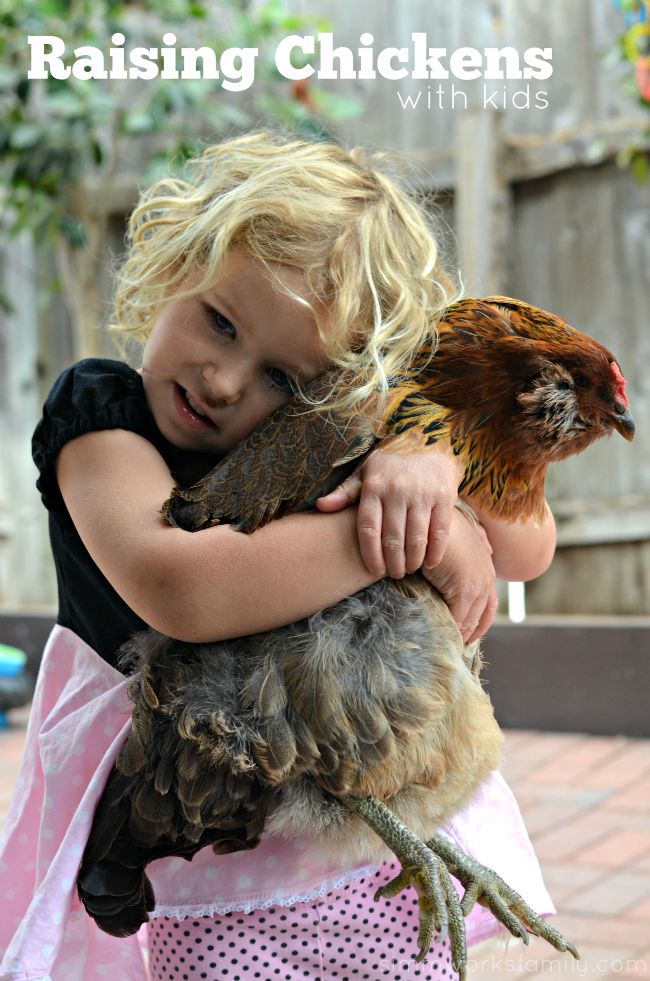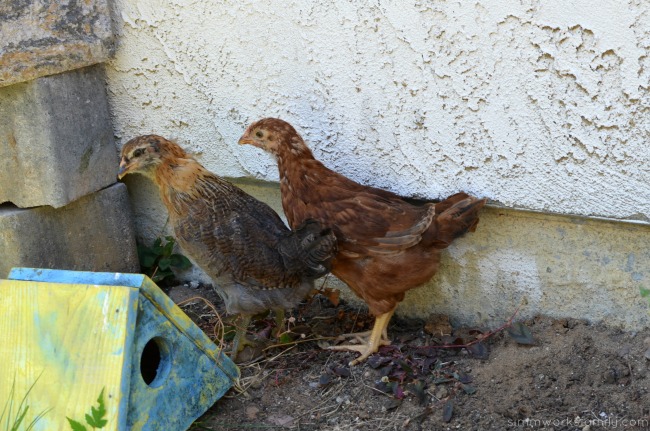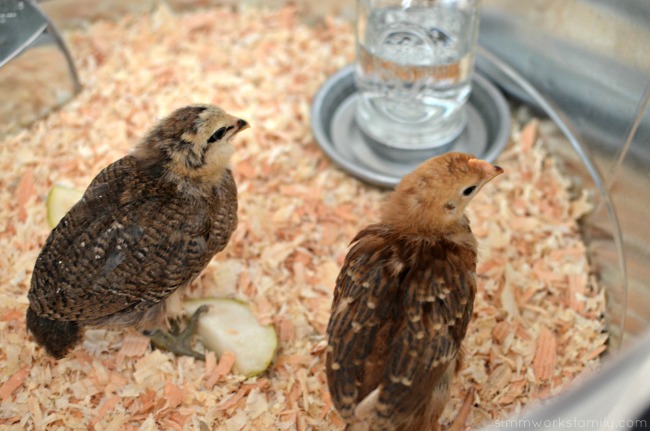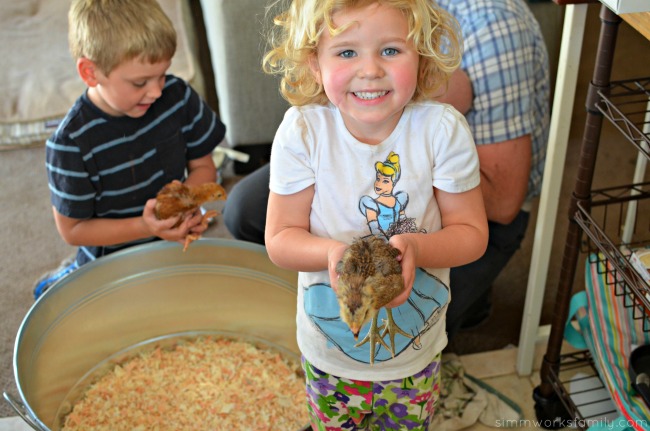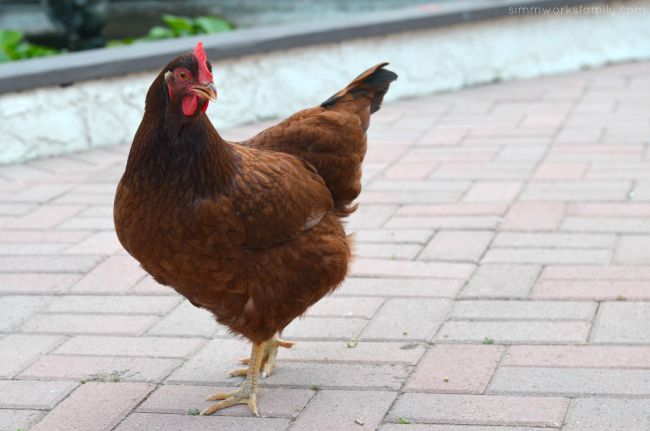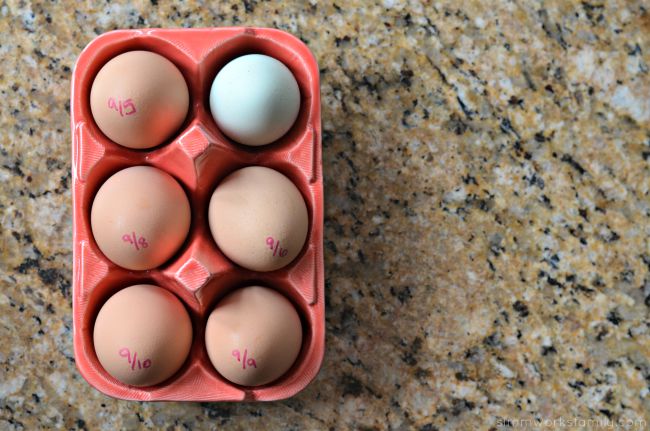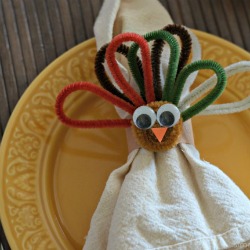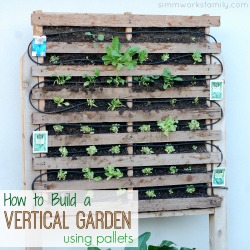
Are you ready to add a little life to your backyard pond? Adding a pond pet can be the perfect addition, as it adds character, color, and most definitely life to the space. I can’t tell you how much enjoyment we get out of watching our animals in the pond. It’s especially entertaining when the turtle decides to play “tag” with the fish. Oh yes, hours of fun!
When we first moved into our home, we were stoked to be inheriting a large, old koi and a red eared slider turtle with the pond in the back yard. But after a few months of just the two animals in the pond, we thought it’d be fun to add some more. So we did some research and found a few shubunkin goldfish to add to the mix.
There’s been a lot of change over the past two years in our pond and we now have 10 shubunkin goldfish and our red eared slider, Franklin. The original three shubunkin were eaten by a juvenile red tailed hawk and we’ve since put a net over the pond. But somehow between adding them to the pond and them disappearing we were left with 13 baby fish swimming around. 10 have survived to be the size you see in the photos below.
You can find enjoyment in being able to provide a peaceful refuge to a pond pet, as they are sure to enjoy being there just as much as you enjoy having them. But how do you pick the perfect pond pet? If you aren’t sure where to begin, take a look below at 7 tips for picking the perfect pond pet!
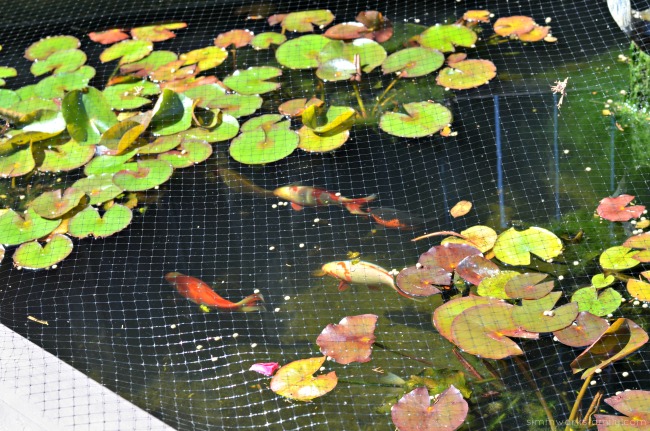
7 Tips for Picking the Perfect Pond Pet
1. Know what sort of space you are working with.
Frogs and turtles will be able to come up for much needed oxygen, but your fish won’t. If you are considering koi or goldfish, you want to be sure there is at least 8-10 square feet of pond per large fish.
This will ensure they get the space and oxygen they need to grow properly. If you are working on limited space, opt for one or two goldfish or amphibians that can come and go as they need.
The number of fish in our pond is higher than we’d like so we’ll be looking to re-home about 1/2 of them so that the other 1/2 can live with enough room to freely move around.
2. Be realistic about maintenance.
Adding fish to your pond means regular feeding (sometimes more than once a day) as well as regular filter maintenance. Amphibians as you know can typically find insects on their own, but the occasional sprinkling of crickets may be needed. If you are short on time, fish that need daily feeding may not be feasible and you should opt for amphibians.
We’ve found that we clean the pond and pond filter once a month and feed frequently (1-2 times in the day) during the summer, and less frequently in the winter.
3. Know your climate.
Most fish and amphibians can survive a harsh winter if proper preparations are made with the pond. If you have the time to do this yearly, go for it! If you live in an area where extreme heat or frost is an issue, you might be setting up these pets for failure. Instead, add bird feeders around the pond to attract birds who can fly south/north as needed to survive.
Luckily we live in Southern California and have no need to bring in our red eared slider during the winter months. But many turtle lovers set up a tank in their homes for the winter months with no issues. So don’t completely shy away from amphibians or turtles if you think you’ll be able to take them inside in the winter.
4. Talk to your local pet shop.
Don’t pick out pond pets blindly. Be sure to talk to a local pet shop or business that specializes in ponds so they can make suggestions for you. They are sure to offer helpful advice and product suggestions so you can have a successful experience.
We have had such a great amount of luck at Aquatic Warehouse in Kearny Mesa. They help us every time we have a problem and were able to recommend an awesome pond pump and filter for the size of our pond.
5. Consider kids into the decision.
Do you have small children who can pose harm to the pond pets? Or perhaps be intrigued by them and get too close to the pond? Be sure your children know how to be respectful of the pond pets and know how to care for them properly. You also want to avoid pond pets if children don’t know pond safety precautions, as their curiosity can result in harm.
We are currently working on wrapping a seating bench around the pond to help in deterring our kids from leaning over and reaching into the pond. We should have that complete by the time our youngest is old enough to open our sliding glass door leading to the back yard.
6. Know breeding habits.
So you think you want a few snails or frogs in your pond? Think just a few fish won’t be a big deal? Be warned that pond pets can and will breed and before you know it you can be up to your ears with new pets! Know how to deal with fish/amphibian eggs so you don’t quickly become overrun.
As I mentioned before, after our shubunkin passed and we thought we only had the one koi and one turtle, we ended up finding baby fish in our pond! At first we assumed the shubunkin laid the eggs and left them, but now as the fish get older, some look like koi and some look like shubunkin! You never know if the animals you’re adding to the mix are already pregnant and will be making babies in the pond.
7. Consider your reasons for wanting a pond pet.
Do you want to add a little life? Frogs are great for that, but be warned they can be quite noisy at night! Turtles are fantastic, but may wander into the grass and will need to be watched out for when mowing. Our turtle stays in the pond at all times right now but we are planning on creating an area for him to climb out and sun bathe in. It will be gated off so that the dog and chickens can’t get in and hurt him.
Each pond pet comes with unique needs you should be prepared for. If you want one solely for decoration, you might want to think again. Remember these are living creatures that need care and are for more than decoration. If you keep this in mind and are ok with it, a pond pet is sure to appreciate the space you provide!
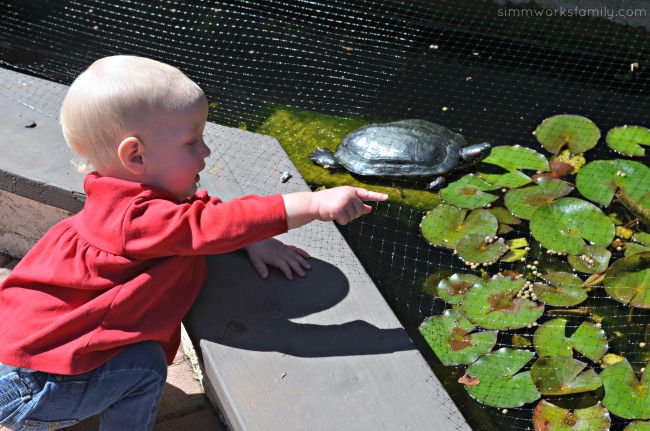
A pond pet can be a lot of fun, a learning experience, and add greatly to your backyard pond. Keep these tips in mind when choosing the perfect pond pet, and you are sure to enjoy success.
